I have a question about wiring up a trimmer in this circuit (NE555 - piano module) I have no background in electronics so please bear with me. One of the keys in the 'piano' sounds just off tune, so I would like to change the sound of that button by replacing a 2k resistor with a smaller resistor and a trimmer.
I have a 3296 trimmer of 1k
The only problem is that this thing has three pins, and I don't know exactly how to wire it properly. If I understand it correctly- I can wire it up like this?
Or is there no need to wire up pin three?


